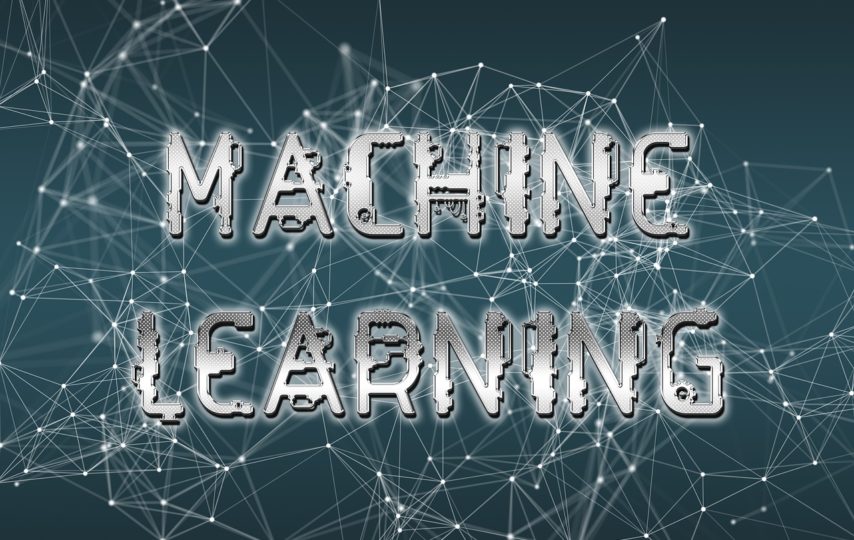Machine Learning is not just a trending technique that is making our lives easier. It is a power that comes with the responsibility of teaching the machines in such a way that it does not backfire. In order to prevent a mishap, there are certain well-defined instructions that are system-implementable, which performs computation. These instructions are called Algorithms.
Machine Learning Algorithms
The machine learns in a number of ways and performs similarly based on the type of problem statement that is to be solved. The Machine Learning Algorithms are different ways to teach the machine what it is supposed to do according to the type of problem stated. These algorithms are classified into 3 main divisions:
● Supervised Learning
● Unsupervised Learning
● Reinforcement Learning
Machine learning models are predictors that use the input or training set, learns from the algorithm used and predict the output of a given test set. In order to check if the model that is created is able to apply whatever it has learned, from the algorithm, correctly, we need to evaluate the performance of the model by using a number of different procedures or metrics. This is very similar to re-checking the work that we’ve created to avoid mistakes. This is a way to judge how successful or clean a machine learning model is.
Want To Learn About Machine Learning Join Machine Learning Training Institute in Delhi.
Steps in Building a Strong Model
Machine learning is a culmination of some very important steps, each needed to be executed to ensure success. These steps involve
● Preparing the dataset for which we are creating the model.
● Preparing a Training dataset to train the model.
● Writing the algorithm for the training set, thus creating the model.
● Evaluate the performance of the model.
● Test the model on the testing dataset.
The first three steps are the major ones needed in building a model. But the 4th step acts as that revision before the exam that determines how the model will perform when hit with any problem statement. In this step, whatever algorithm has been written to create the model, it is applied to the prepared training set to check if the model predictions match with the already known output of the training set.
Evaluation Metrics
The evaluation process aims to improve the power and the accuracy of the model that is created so that it can be further applied to heavy unknown data. There are a number of important evaluation metrics that should be known by machine learning enthusiasts to improve their set of models and use them on stronger datasets. These metrics are:
- Confusion Matrix:
One of the most fundamental and easy to understand evaluation metrics is the Confusion matrix. It is a matrix with a predicted class and an actual class. For example, if we take a binary classification problem where we know that the data in the test set has to be classified as either of the 2 options available, we create a 4X4 matrix with an extra row on top of the 1st row and a column to the left of the 1st column. The extra row contains the variables having the actual values while the extra column contains the variables having the predicted values.
| No. of total values in the dataset | ACTUAL VAR1(POS) | ACTUAL VAR2(NEG) |
| PREDICTED VAR1(POS) | ||
| PREDICTED VAR2(NEG) |
Here, we look into the 4 possibilities that can occur.
If the actual value was positive and our model predicted a positive value too, it is called as True Positives (TP). If the actual value was negative and our model predicted a positive value, it is called False Positives (FP). If the actual value was positive and our model predicted a negative value, it is called False Negative (FN). If the actual value was negative and our model predicted a negative value too, it is called True Negative (TN).
Using the confusion matrix hence we can determine the accuracy of the model by a formula i.e., the sum of true positives and true negatives divided by the total number of values in the dataset.
- ROC and AUC:
A Receiver Operating Characteristic Curve is a graph that is plotted with True Positives(y-axis) against the False positives(x-axis) thus evaluating the performance of the model for different threshold values. This is mostly used for models with binary classifiers, i.e. 2 variable classes. The curve is popular for its visual advantage letting the developer know the impact of his/her choices. The basic aim of the developer or analyst here is to increase the True Positives rate and decrease the False Positive rates. The ROC curve works in a way that if the curve lies far away from the diagonal line formed between the two axes; it means that the model is highly accurate. But if the ROC curve is close to the diagonal line, it means that the model is not accurate.
AUC like ROC is another metric mostly used for classification models. It is again very popular for its visual advantage and evaluates the model pretty accurately. AUC or the Area under Curve metric works with graphs plotting true positives against false positives. True positives deal with predicting a positive as positive whereas False-positive deals with predicting a negative as negative. The area under the curve shows that if the curve is higher, i.e. if there is more area under the curve, the model is accurate. The model is able to correctly classify the variables. If the area under the curve is less, it says that the model is not very accurately determining the answers.
- F1-score:
ROC and AUC might not prove to be very precise and accurate in dealing with the evaluation of a model’s performance. The F-score is the combination of precision and recall/ sensitivity that correctly identifies the classifying class. It works on a binary principle. If a model’s F-score is 1, there is a great amount of precision and recall but if it is 0, the model is not precise. The F score provides a very real picture of the model’s performance. It is mostly used in queries and document searches etc.
- Correlation:
The most practical type of evaluation metric is the Correlation that is used for prediction of the relationship between variables. Mostly used in growth or stocks or sales, the correlation metric helps the analysts to understand the accuracy with which two or more variables are interrelated and can affect each other.
A positive correlation says that in case of growth of one variable, the growth of the linked variable follows. A negative correlation says that the increase in growth in one variable leads to a decrease in the growth of the linked variable. It is measured by a correlation coefficient (r) that determines how strong or weak the relationship between the variables is. More advanced analysis can be done by using a correlation matrix.
- MSE:
The easiest and most fundamental evaluation metric of machine learning is the Mean Squared Error metric. It is regression model-based and determines the accuracy of the predicted and actual values. It estimates the average of the squares of all errors present in the model. The errors here refer to the difference in the values actually and estimated. It is always positive and since it is determining the error, it should always below.
These were a few machine learning evaluation metrics that are very important and should be known to any data science enthusiast. These metrics improve the models and make them powerful enough to support heavy datasets.
Author Bio: My name is TANMAY, I am digital marketer at TGC India in Delhi. I love traveling and exploring new destinations.








